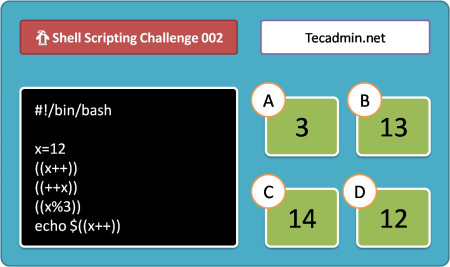In bash scripting, generating file or folder names with current date and time stamps is a widely used technique for creating unique identifiers. This approach is invaluable for tasks such as logging, automated backups, and ensuring new files do not overwrite existing data. By leveraging the Linux date command, you can format date and time in various ways to suit your specific needs.
This article will explore how to effectively use date and time-based naming in your bash scripts, providing practical examples to guide you through the process.
Understanding Date Command
The date command in Linux is versatile and can be used to display or set the system’s date and time. For our purposes, we’ll use it to generate strings representing the current date and time in various formats. The command syntax for formatting the date is:
date "+format-specifiers"
Format Specifiers: Some of the most useful format specifiers for file naming are:
- %Y – Year (e.g., 2024)
- %m – Month (e.g., 03)
- %d – Day of the month (e.g., 01)
- %H – Hour (00 to 23)
- %M – Minute (00 to 59)
- %S – Second (00 to 59)
You can combine these specifiers to create a date-time string that suits your needs.
Examples of Generating File Names
1. Basic Date and Time Stamp
To create a simple date and time stamp for a file name:
filename=$(date "+%Y-%m-%d_%H-%M-%S").txt
echo "Log entry" > "$filename"
This script will generate a file named like 2024-03-01_12-30-45.txt and write “Log entry” into it.
For scenarios where the same date and time stamp is required throughout an extended script, it’s efficient to capture the current date and time once and store it in a variable. This variable can then be reused later in the script.
CURR_DATETIME=$(date "+%Y-%m-%d_%H-%M-%S")
echo "Log entry" > "${CURR_DATETIME}".txt
2. Custom Formats
You can customize the format based on your requirements. For example, to create a more concise date stamp for a log file:
logname=$(date "+%Y%m%d").log
echo "Error encountered" >> "$logname"
This creates or appends to a log file named 20240301.log.
3. Creating Directory Names
Similar principles apply when creating directories that are named based on the current date and time. This is particularly useful for organizing backup files.
backup_dir="backup_$(date "+%Y-%m-%d_%H-%M-%S")"
mkdir -p "$backup_dir"
This command creates a directory like backup_2024-03-01_12-30-45.
Advanced Usage
1. Timestamps for File Versioning
When managing file versions, you might want timestamps down to seconds to prevent overwriting:
config_backup="config_$(date "+%Y%m%d_%H%M%S").bak"
cp /path/to/config.file "$config_backup"
This approach ensures each backup has a unique name, preventing data loss.
2. Time Zone Adjustments
For scripts that operate across different time zones, you can adjust the date command to output times in a specific zone:
UTC_backup=$(TZ=UTC date "+%Y-%m-%d_%H-%M-%S").tar.gz
tar czf "$UTC_backup" /path/to/data
This creates a backup file with a timestamp in the UTC time zone.
Conclusion
Incorporating date and time stamps into file and folder names is a powerful technique for creating unique, meaningful names in bash scripting. By mastering the date command and its format specifiers, you can automate file management tasks, enhance logging practices, and secure your data through systematic backups. Experiment with different formats to find the best structure for your specific needs.
